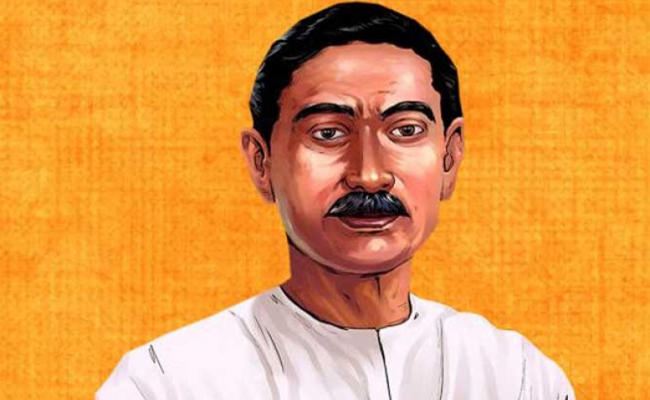The Holy Panchayat
-premchand
about the author

- Premchand, born Dhanpat Rai Srivastava, is a seminal figure in Hindi and Urdu literature during the early 20th century, renowned for his insightful portrayal of social issues.
- Through his writings, Premchand tackled sensitive topics such as caste discrimination, gender inequality, and the struggles of the working class, shedding light on the harsh realities of Indian society.
- His literary repertoire includes over a dozen novels, approximately 300 short stories, numerous essays, and translations of foreign literary works into Hindi.
- Premchand's stories often explore themes of humanism, morality, and the complexities of interpersonal relationships, resonating with readers across generations.
- Rashme Sehgal, the translator of "The Holy Panchayat," began her career as a poet and short story writer before transitioning into journalism, where she contributed to prestigious newspapers like The Times of India and the Indian Post.
SETTING AND CHARACTERS
- "The Holy Panchayat" takes place in a rural Indian village, showcasing Premchand's emphasis on rural life and its intricacies.
- The characters in the story are typically ordinary villagers, representing various social classes and dynamics within the village community.
PLOT OVERVIEW
- "The Holy Panchayat" centers on a dispute between neighbors regarding ownership of a mango tree.
- The conflict intensifies, leading the villagers to convene a panchayat meeting to settle the dispute.
THEME OF JUSTICE AND MORALITY
- The story revolves around the theme of justice and morality.
- The villagers seek a fair resolution to the dispute through the panchayat.
- The panchayat, consisting of respected elders, is entrusted with delivering a just verdict.
- The verdict is expected to be based on ethical principles and community values.
- The decision reflects the community's collective understanding of what is morally right and just.
EXAMINATION OF HUMAN NATURE
- Premchand explores the multifaceted aspects of human behavior.
- Characters exhibit a range of motivations, including self-interest, greed, and a sense of duty.
- The story presents characters with both flaws and virtues, reflecting the complexities of human nature.
- Through the portrayal of characters and their actions, the story offers insights into human behavior and psychology.
CRITIQUE OF SOCIAL HIERARCHIES
- Premchand critiques social hierarchies and power dynamics.
- The story shows how caste, class, and personal biases affect decision-making.
- Despite the village council's democratic facade, the story reveals underlying biases and inequalities.
- Characters' decisions are influenced by their social standing and personal interests.
- The interactions within the panchayat mirror broader societal issues related to caste and class divisions.
IRONY AND SATIRE
- Premchand uses irony to highlight the absurdities of human behavior and social norms.
- The story employs satire to critique the contradictions and hypocrisies within the village community.
- Through humor and wit, Premchand exposes the flaws and inconsistencies of the characters and their actions.
- The irony and satire in the story serve as a reflection of broader societal issues and norms prevalent during Premchand's time.
- While entertaining, the use of irony and satire also serves as a subtle critique of human nature and social structures.
RESOLUTION AND REFLECTION
- The story ends with a decision from the village council.
- Not all parties may be content with the outcome.
- Readers are urged to ponder justice and fairness.
- The narrative reveals complex human relationships.
- Ethical dilemmas are explored throughout.
SOCIAL REALISM AND EMPATHY
- Premchand's narrative reflects the realities of rural life.
- Characters are depicted with understanding and compassion.
- The story highlights the challenges faced by ordinary villagers.
- Premchand explores the tensions and disputes within the community.
- The narrative delves into the pressures imposed by social norms.
summary
"The Holy Panchayat" by Premchand revolves around a dispute between two neighbors over the ownership of a mango tree in a rural Indian village. As tensions escalate, the villagers decide to resolve the matter through a panchayat meeting, expecting a fair verdict based on ethical principles and community values. The story delves into the quest for justice and morality, examining the complexities of human nature and critiquing social hierarchies and power dynamics. Through irony and satire, Premchand humorously exposes the contradictions and hypocrisies within the village community. Ultimately, the resolution of the conflict prompts readers to reflect on the nature of justice and the challenges of human relationships in rural India.
video(tamil)
Video-Reference:Translating channel English into Tamil
video(English)
Video-Benita Samuel(Eng-Dep-Shift 2)

